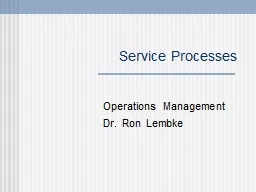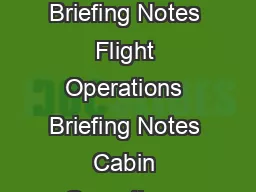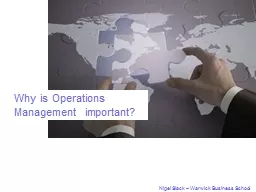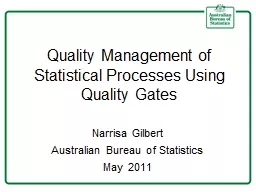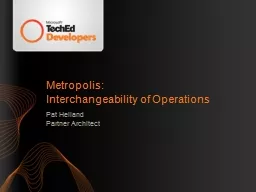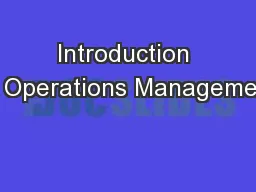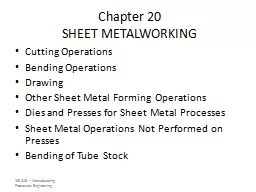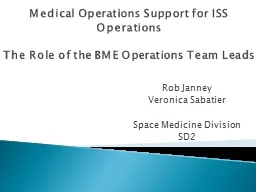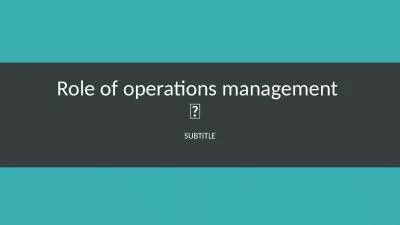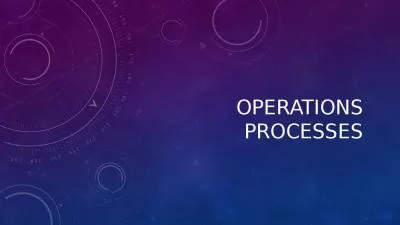PPT-Service Processes Operations Management
Author : calandra-battersby | Published Date : 2019-03-14
Dr Ron Lembke How are Services Different Everyone is an expert on services What works well for one service provider doesnt necessarily carry over to another Quality
Presentation Embed Code
Download Presentation
Download Presentation The PPT/PDF document "Service Processes Operations Management" is the property of its rightful owner. Permission is granted to download and print the materials on this website for personal, non-commercial use only, and to display it on your personal computer provided you do not modify the materials and that you retain all copyright notices contained in the materials. By downloading content from our website, you accept the terms of this agreement.
Service Processes Operations Management: Transcript
Download Rules Of Document
"Service Processes Operations Management"The content belongs to its owner. You may download and print it for personal use, without modification, and keep all copyright notices. By downloading, you agree to these terms.
Related Documents

